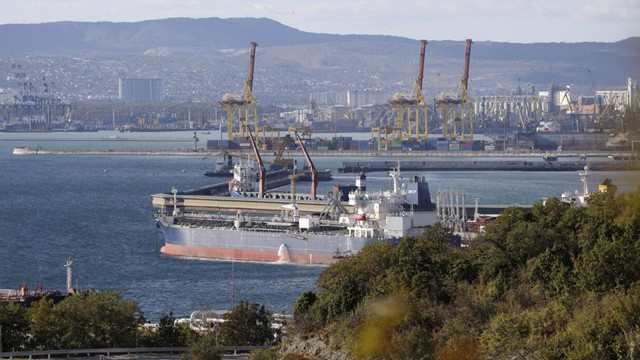১ পৌষ ১৪৩২
SpaceX Starship Crashes For The Third Time
09 June 2025 00:06 AM
NEWS DESK
A towering plume of fire and smoke marked the dramatic third test flight of SpaceX's Starship rocket on May 27, as Elon Musk's Mars-bound spacecraft once again failed to complete its mission – but not without showing tantalizing signs of improvement.
The 400-foot-tall stainless steel behemoth roared to life at dawn, its 33 Raptor engines shaking the Texas coastal plains with 17 million pounds of thrust – enough power to outshine a small sun. For nearly an hour, the flight appeared to go flawlessly, with the rocket successfully staging and reaching space for the first time.
The Moment of Failure
The trouble began during re-entry. Live footage showed the spacecraft tumbling uncontrollably, its heat shield tiles visibly peeling away as plasma temperatures exceeding 2,500°F engulfed the vehicle. At approximately 49 miles altitude, the connection was lost.
"We've lost the ship," a SpaceX engineer calmly announced from mission control as screens showed the vehicle's telemetry flatlining. Moments later, infrared cameras captured glowing debris raining into the Gulf of Mexico.
Silver Linings in the Smoke
Despite the fiery conclusion, engineers celebrated several breakthroughs:
- First successful hot-stage separation (a critical maneuver where the upper stage fires while still attached)
- All Raptor engines performed nominally
- The ship reached orbital velocity (about 17,000 mph)
"Today was definitely a step forward," said SpaceX commentator John Insprucker, noting the rocket flew farther and faster than in previous attempts.
The Road Ahead
NASA is watching closely – the agency has contracted a modified Starship as its lunar lander for the Artemis III mission, currently slated for 2026. Each test failure potentially delays America's return to the Moon.
SpaceX's rapid iteration approach means another prototype is already being assembled. But critics question whether this "fail fast" philosophy can deliver human-rated reliability in time.
As dawn broke over the wreckage-strewn launch site, one thing became clear: Starship is getting closer to its goals, but the path to Mars remains littered with burning debris.



















Comments Here: